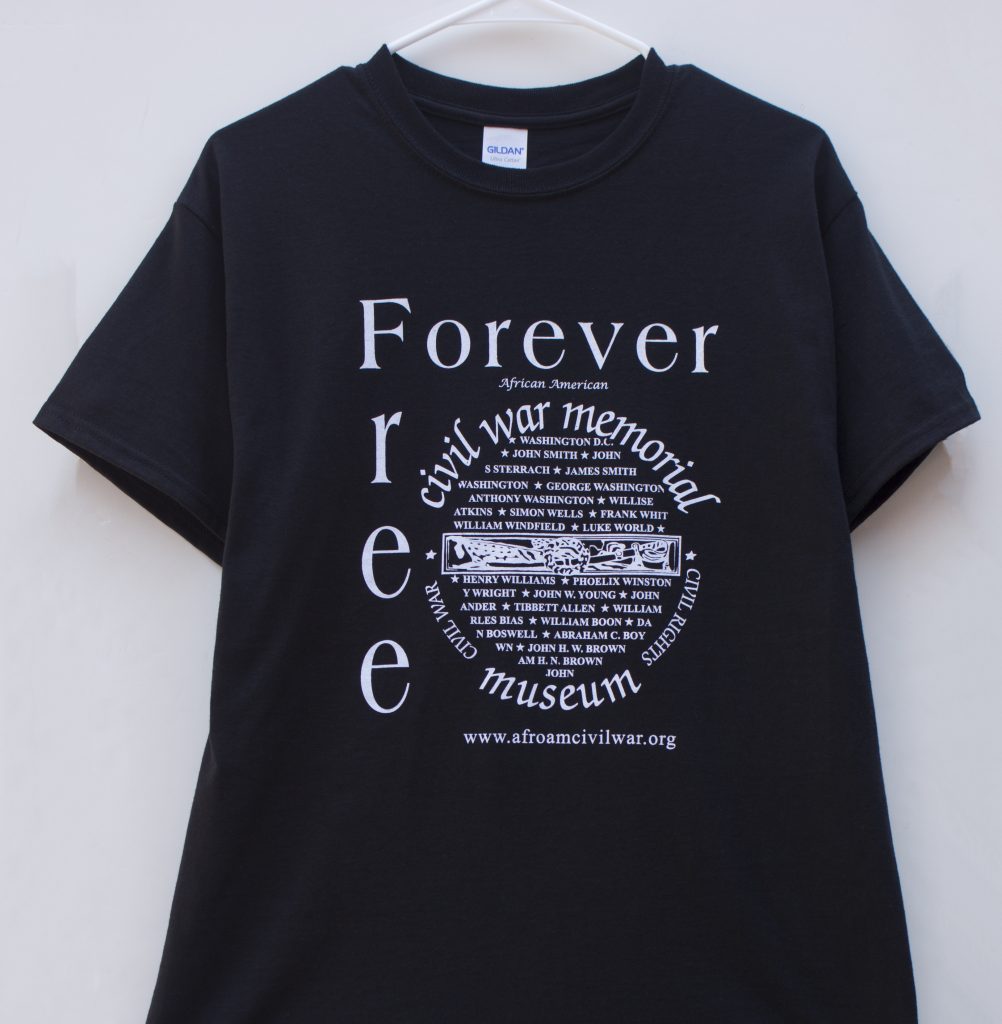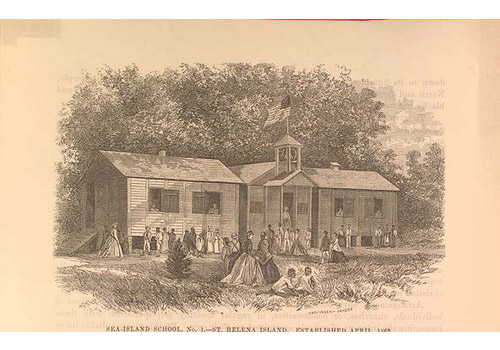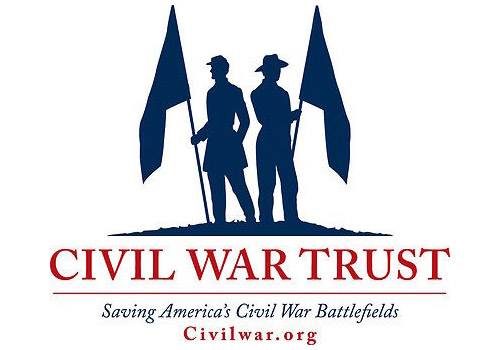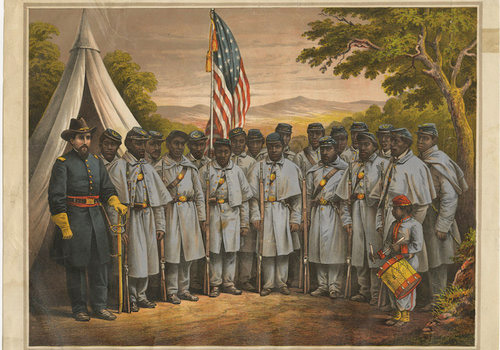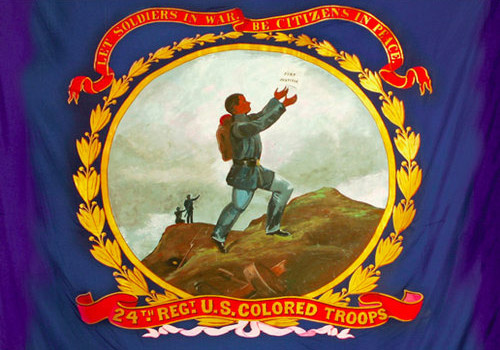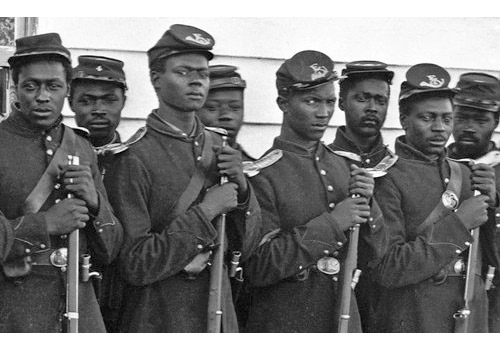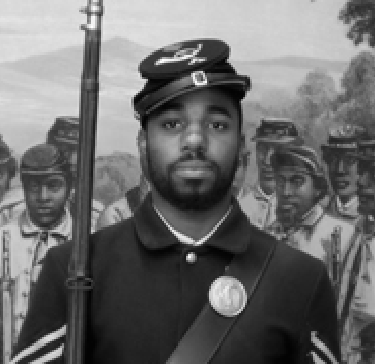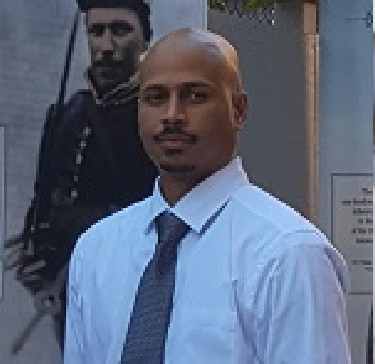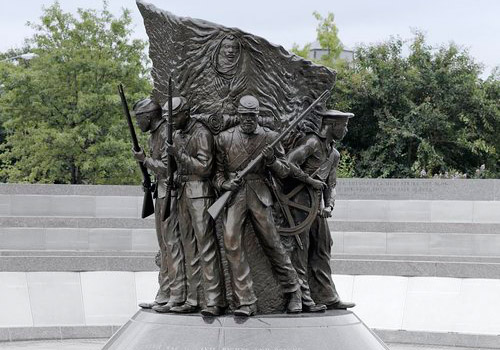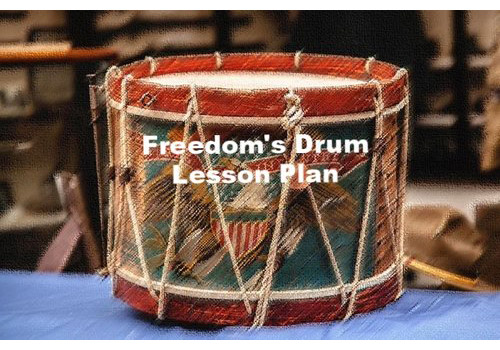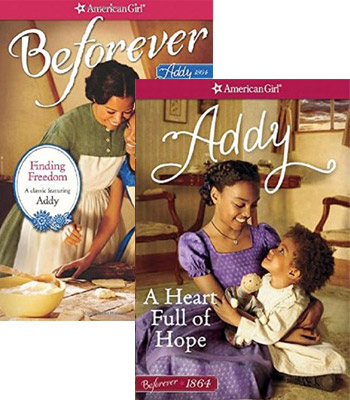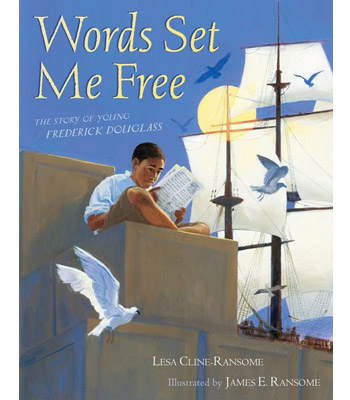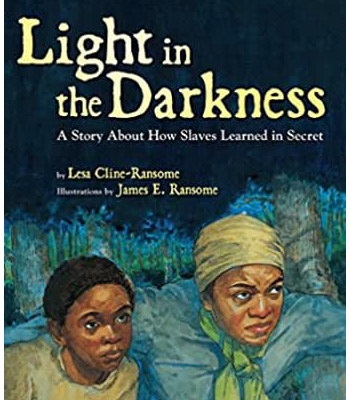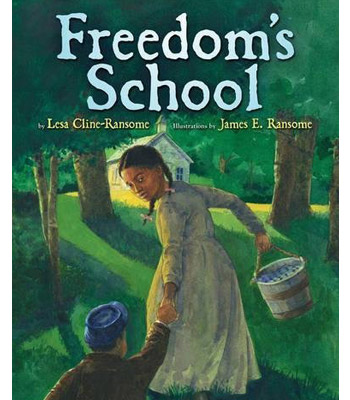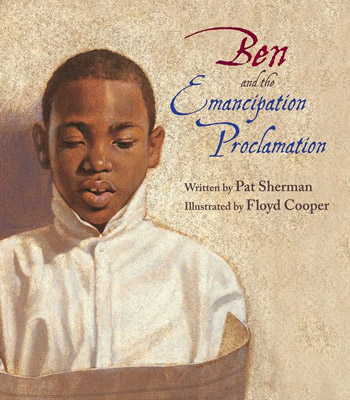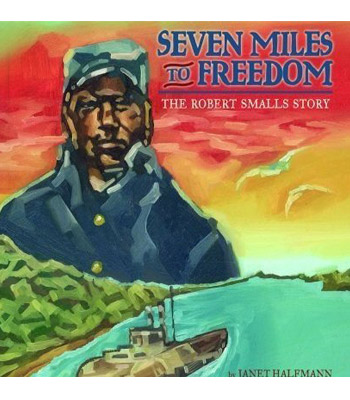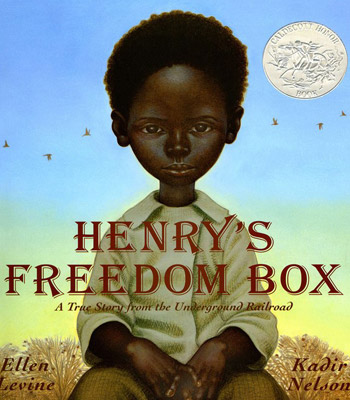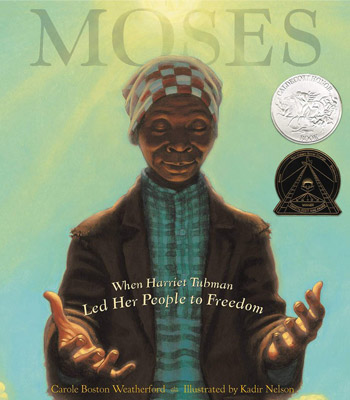Long before Emancipation came in 1865, the first communities of free blacks began to emerge after the American Revolution, when talk of freedom and liberty inspired men and women to challenge the system of slavery and fight for their freedom in the courts.
One such individual was Hagar Jumper. Born about 1750, Hagar came of age during the American Revolution when liberty inspired all, slave and free. She challenged the courts for her freedom on the basis of her Native ancestry, likely the Tuscarora people. Very little info has survived of Hagar’s case, but the decision endured: Hagar was free.
There are no known pictures or paintings of Hagar that exist today, her name was one of many that would be forgotten in the generations to follow her extraordinary case, but her legacy would endure. Her children and grandchildren would be free after her, as such cases were known to determine the free status of an entire family. It is likely that the Jumpers in Dinwiddie County Virginia and the surrounding areas were descended from her line.
Dolly and Peter Jumper, a couple that lived in Henry County Virginia in the 1850s are listed amongst the tiny minority of free blacks in nineteenth-century Virginia. It is unknown if or what relationship they had to Hagar who had successfully sued for her freedom in the generation before them, however, their line would include a 3x great-granddaughter who would eventually become First Lady of the United States, Michelle Robinson Obama.
What did freedom look like for Hagar Jumper? Freedom could mean a chance to get paid for your work but ultimately the power to choose who you worked for, and when you worked. For some freedom afforded a measure of self–respect and a higher social standing in the community. But freedom could be tenuous. In Virginia, blacks could be sold into enslavement if they failed to pay their taxes. They were forced to register their free status each year and fined if they failed to do so. If they were unable to pay the fine, they could be sold into slavery. For the generation that followed Hagar’s suit for freedom free blacks in Virginia were barred from talking with enslaved blacks, holding certain types of professions, attending school with whites, testifying in court, and forming churches. Some black families the Jumper’s included were so poor they had to hand over their children to white families as unpaid servants with no assurance of ever seeing them again. Freedom if won was something hard fought to hold on to.
This story and more are a part of the upcoming exhibition which will open in 2025 at the African American Civil War Memorial Museum.





